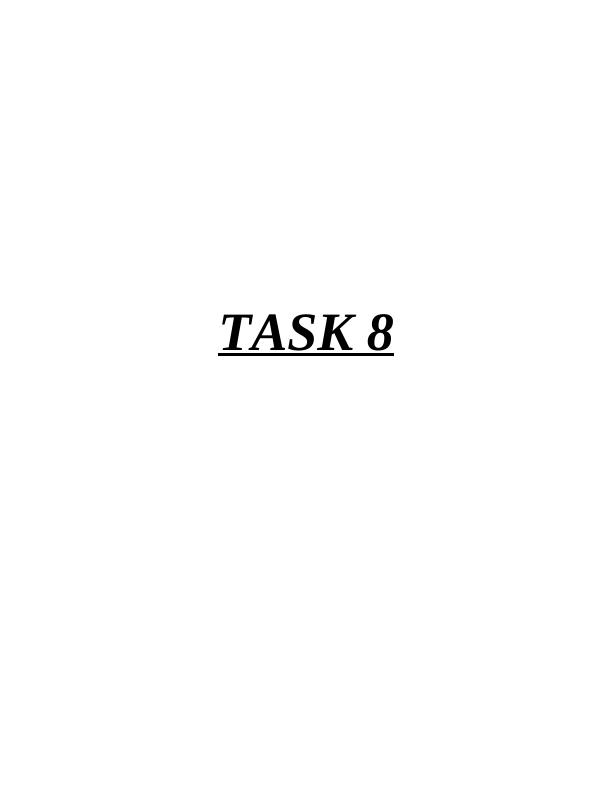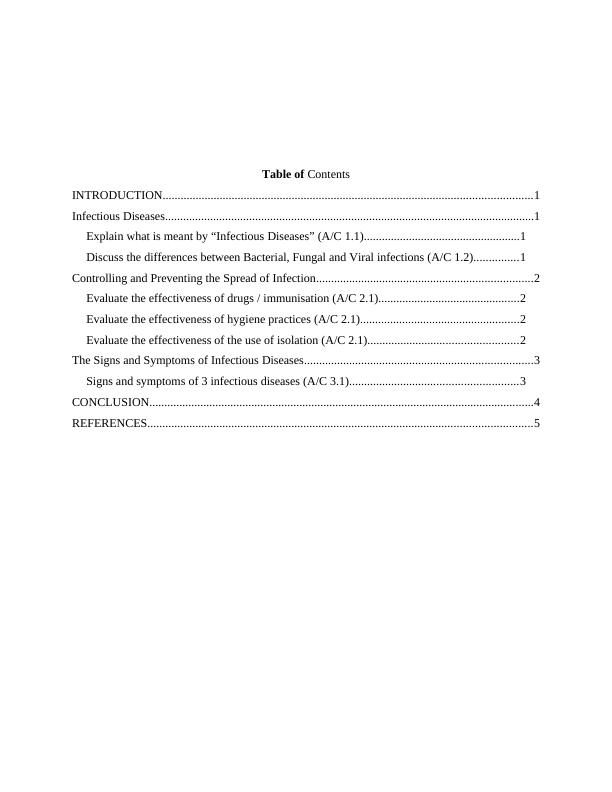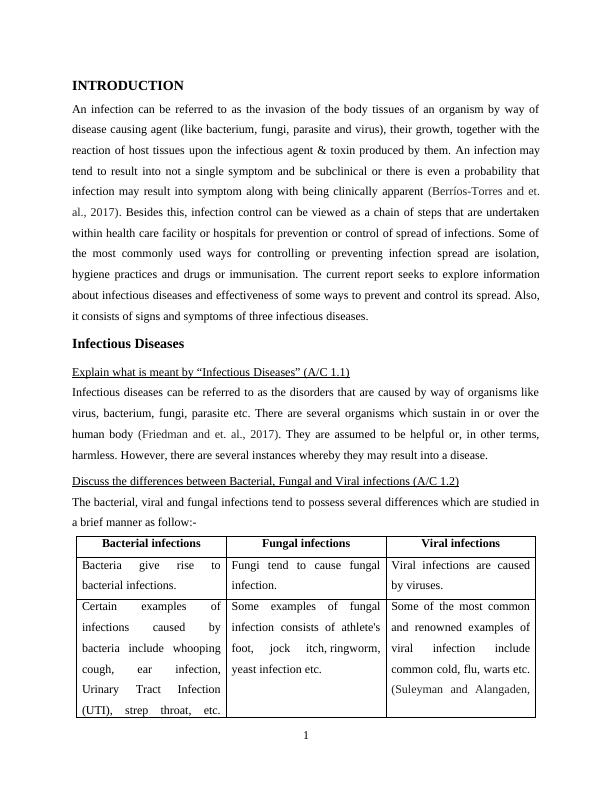Infectious Diseases: Definition, Differences, and Control
7 Pages1445 Words56 Views
Added on 2023-01-10
About This Document
This article provides an overview of infectious diseases, including their definition and the differences between bacterial, fungal, and viral infections. It also evaluates the effectiveness of drugs/immunization, hygiene practices, and isolation in controlling and preventing the spread of infections. Additionally, it discusses the signs and symptoms of three common infectious diseases.
Infectious Diseases: Definition, Differences, and Control
Added on 2023-01-10
ShareRelated Documents
End of preview
Want to access all the pages? Upload your documents or become a member.
Assignment : Infection Control
|7
|764
|144
Report on Infectious Diseases- Controlled and Prevented
|8
|1619
|226
CHEM 480A- Genomics and Infectious Diseases | Assignment
|8
|2020
|130
Infection Control: Understanding Infectious Diseases, Prevention and Symptoms
|7
|1437
|401
Disease and Body Defence: Categories, Transmission, Worldwide Importance, Tuberculosis and Antibiotic Treatment
|13
|1048
|475
Microorganisms, Vector-borne Diseases, and Infection Prevention
|11
|4269
|432



